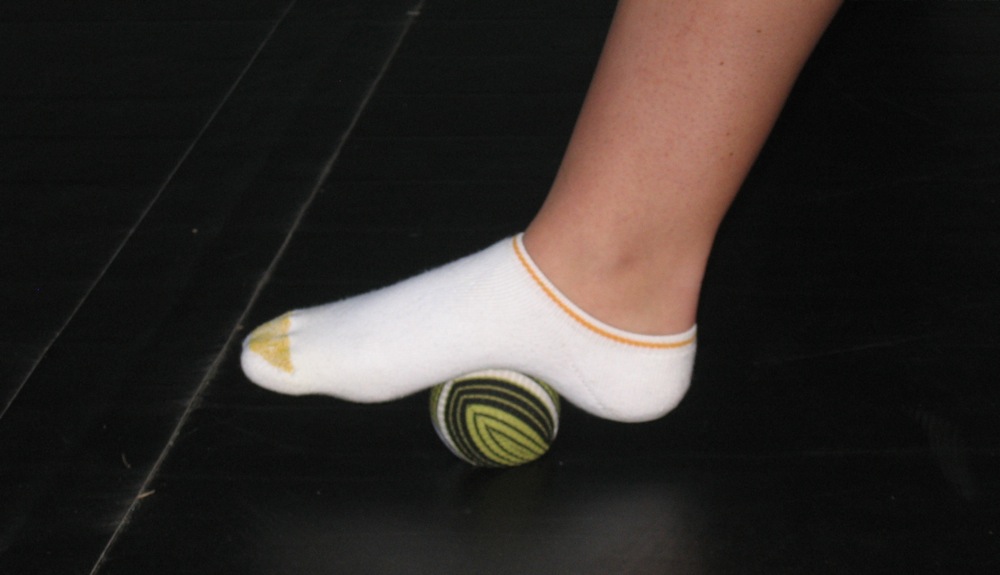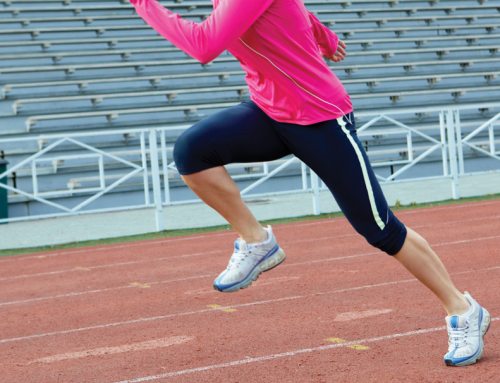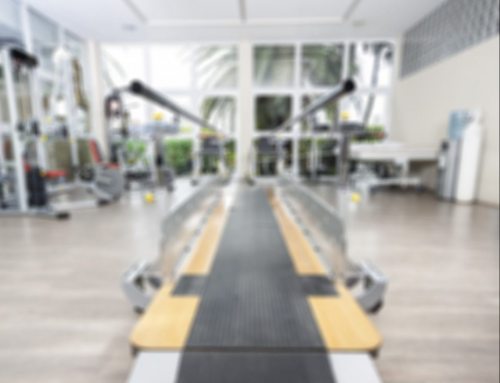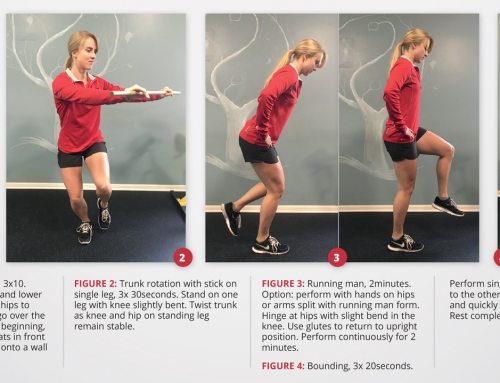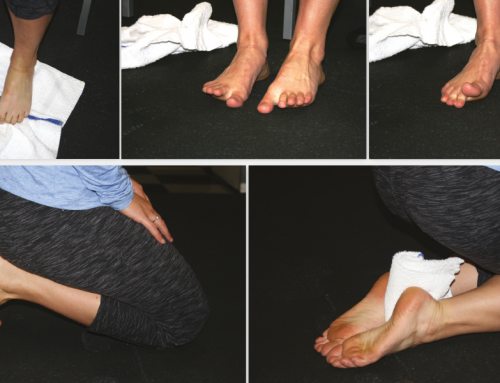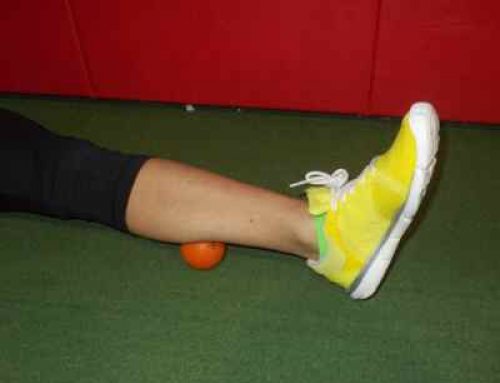By Brian Schiff
Plantar fasciitis affects many runners. Have you ever awakened to sudden, sharp pain in the bottom of the foot or heel as you stepped out of bed? Or have you experienced a nagging pain along the bottom of the foot or heel during or after your runs?
Inflammation of the plantar fascia may limit running and activities of daily living. The plantar fascia is a flat band of tissue (ligament) that essentially connects the toes to the heel bone. Plantar fasciitis is caused by straining the ligament that supports your arch. Repeated strain may cause tiny tears in the ligament.
Repeated damage or stress may lead to swelling and periods of acute and chronic pain. All of the following may increase your risk for plantar fasciitis:
Feet roll inward too much when you walk or run (overpronation)
High arches or flat feet
Hip weakness leading to increased pronation during running
High BMI
Improper footwear (need to select a shoe that matches your foot structure and body mechanics)
Limited ankle mobility and tightness in the calf/Achilles tendon
Prior to beginning a formal running program, I always suggest getting an assessment to determine movement imbalances, weaknesses and asymmetries, and to determine appropriate footwear to help prevent injuries like plantar fasciitis. In many cases, it is simply the result of overuse due to unwanted stress because of weak links in the body.
For those dealing with an acute onset of pain, ice and complete rest is advised. If the pain persists, it is best to seek medical attention for further evaluation to ensure the source of the pain is indeed the plantar fascia. Runners with mild symptoms or a history of plantar fascia pain seeking to prevent reinjury should incorporate the following exercises in their daily routine:
Soft tissue mobilization – Using a lacrosse ball or tennis ball, roll up and down along the bottom of the arch of the foot for two to three minutes. Apply moderate pressure and focus on sore or tight areas. If the pressure is too much in standing, you may sit down in a chair. Perform this activity first thing in the morning and again at night. This should be done prior to stretching as it will improve elasticity in the band of tissue and reduce strain.
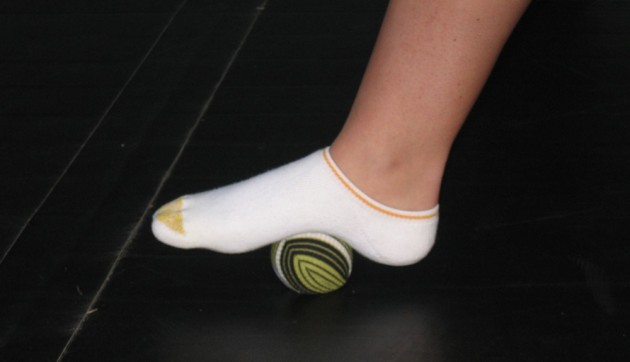
Standing bent knee calf stretch – Lean forward onto the front leg while keeping the back foot pointing straight ahead and allowing the back knee to bend until a comfortable stretch is felt in the front lower leg and Achilles tendon. Hold for 20-30 seconds and repeat two to three times. To increase the intensity of the stretch, put your hands against a wall and place the ball of the foot up against the bottom of the wall (roughly a 30-degree angle). This exercise will improve flexibility in the soleus muscle and Achilles tendon.
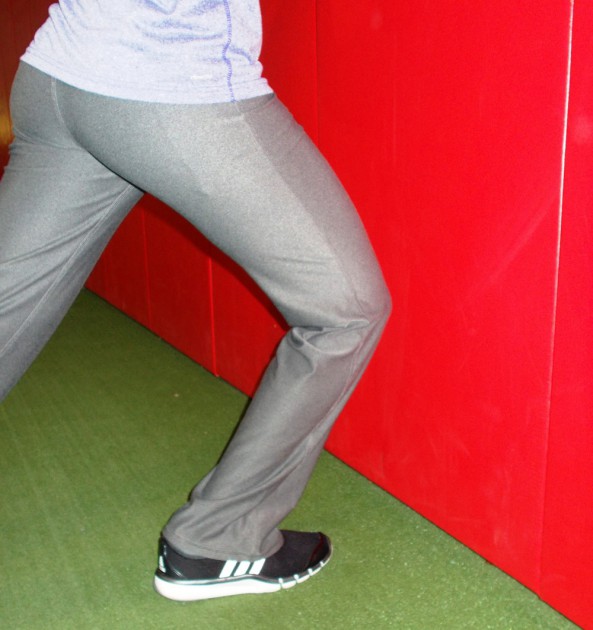
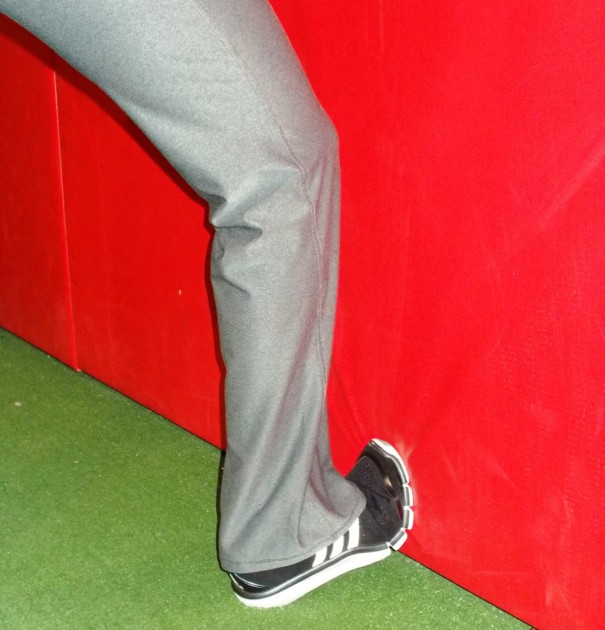
Additional techniques, such as pulling the foot and big toe up toward the shin, can elongate the fascia. Some prefer to roll the fascia over a frozen water bottle for pain relief. In the end, the soft-tissue rolling is essential in order to resolve adhesions and tightness and allow for optimal stretching.
# # #
Brian Schiff, PT, OCS, CSCS is a sports physical therapist and supervisor at the Raleigh location of Athletes’ Performance at Raleigh Orthopaedic. The Raleigh and Cary Athletes’ Performance locations currently offer free injury screens for runners, cyclists and triathletes. For more information, visit www.apcraleigh.com or www.apccary.com.


